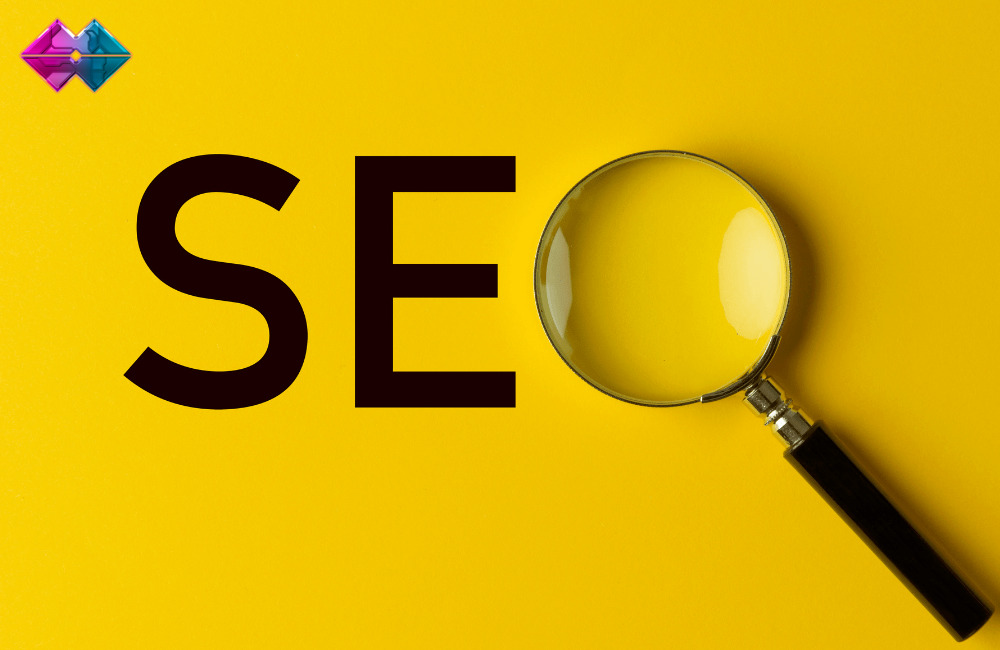Marketing has evolved significantly over the years, with traditional and digital marketing being two distinct approaches to reaching and engaging target audiences. While both methods aim to promote products and services, they differ in their channels, reach, and impact. In this article, we will explore the three main differences between traditional marketing and digital marketing.
Medium of Communication
Traditional Marketing: Traditional marketing relies on offline channels to deliver messages to the audience. This includes television and radio advertisements, print media (newspapers, magazines), billboards, direct mail, brochures, and other tangible materials. These methods have been effective for decades and continue to play a crucial role in reaching certain demographics.
Digital Marketing: Digital marketing, on the other hand, utilizes online platforms and digital channels for communication. This includes email marketing, social media marketing, content marketing, search engine optimization (SEO), pay-per-click (PPC) advertising, influencer marketing, and more. The rise of the internet and mobile devices has accelerated the adoption of digital marketing, offering vast opportunities for businesses to engage with their target audience.

Reach and Targeting
Traditional Marketing: Traditional marketing often has a broader reach, as it targets a mass audience through traditional media platforms. For instance, television ads during prime time can attract a large viewership. However, targeting can be less precise, and businesses may have to reach out to a broader audience to connect with potential customers.
Digital Marketing: Digital marketing allows for more precise targeting. Marketers can use data-driven strategies to target specific demographics, interests, behaviors, and locations. This level of customization enables businesses to deliver personalized messages to their ideal audience, increasing the chances of engagement and conversion. Additionally, digital marketing allows for retargeting, where ads are shown to users who have interacted with a brand previously, enhancing the likelihood of conversion.
Interactivity and Engagement
Traditional Marketing: Traditional marketing often involves one-way communication, where brands send messages to the audience without immediate interaction. For example, a television commercial provides limited opportunities for immediate feedback or engagement with the brand.
Digital Marketing: Digital marketing encourages two-way communication and engagement between the brand and the audience. Users can interact with ads, visit websites, comment on social media posts, share content, and provide immediate feedback. This real-time engagement allows marketers to monitor campaign performance, gather insights, and make adjustments on the fly for better results.
Conclusion
In conclusion, traditional marketing and digital marketing are distinct approaches that cater to different communication channels and audiences. While traditional marketing relies on offline channels and broader reach, digital marketing utilizes online platforms and offers precise targeting and higher engagement opportunities. As technology continues to advance, businesses must embrace digital marketing strategies alongside traditional methods to effectively connect with their target audience and achieve marketing objectives.










Recent Comments